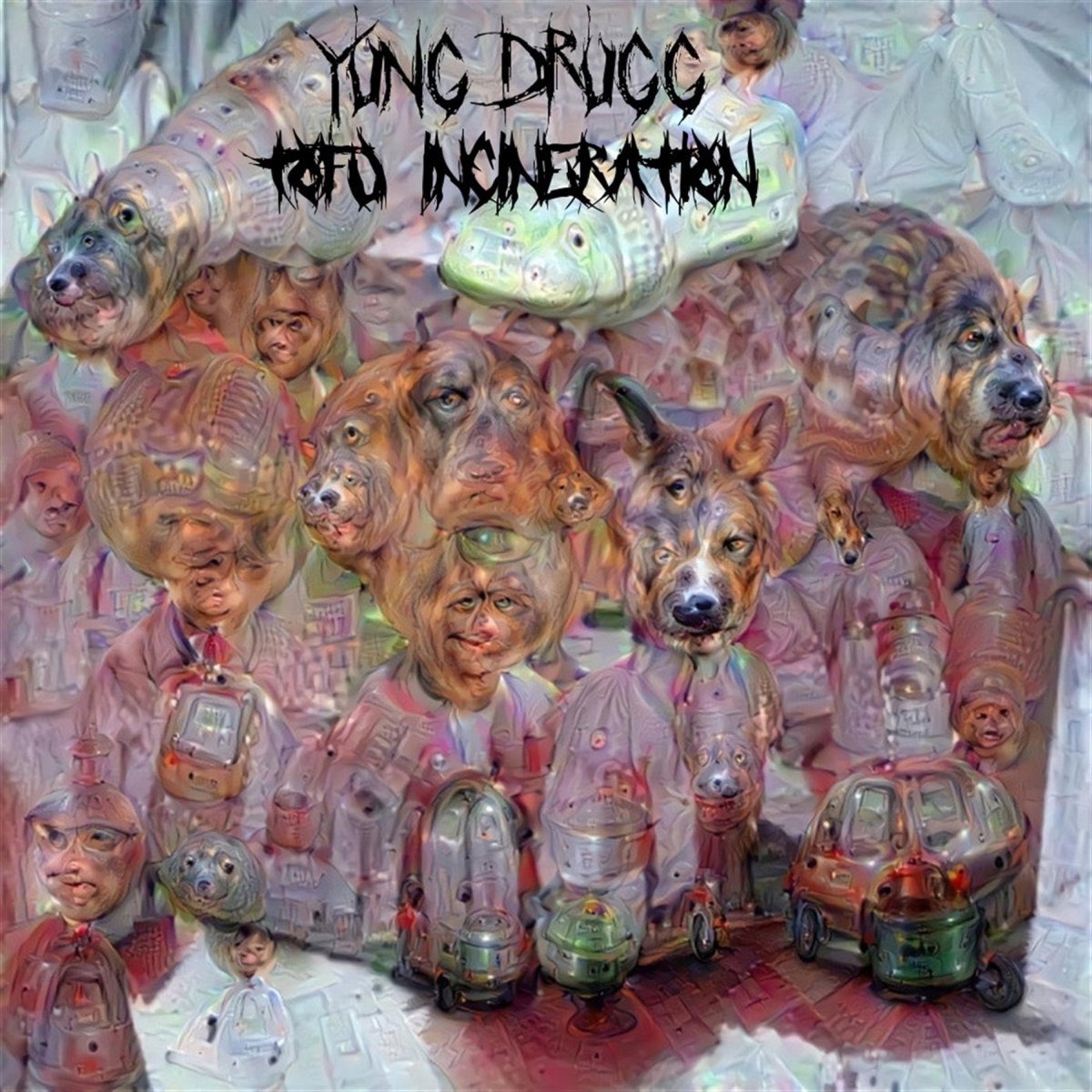Hisashi Ouchi's story is one of resilience and tragedy within the realm of nuclear science. His life took a dramatic turn when he became the victim of one of the most devastating radiation accidents in history. This article will explore Hisashi Ouchi's background, the events leading up to the accident, and the impact it has had on radiation safety protocols.
Born on March 31, 1965, in Japan, Hisashi Ouchi was a devoted worker who dedicated his life to the field of nuclear energy. His passion for science led him to become a nuclear technician, a career that would ultimately place him at the center of a catastrophic incident at the Tokaimura uranium processing facility in 1999. The accident not only changed his life but also raised critical questions about safety regulations in the nuclear industry.
This article provides a comprehensive overview of Hisashi Ouchi's life, detailing the events of the tragic accident and its aftermath. Through in-depth research and analysis, we will provide insights into his personal journey, the radiation exposure he endured, and the broader implications for nuclear safety worldwide.
Read also:The Ultimate Guide To Jullia Onlyfans Uncensored Content And Exclusive Access
Table of Contents
- Biography of Hisashi Ouchi
- The Tokaimura Accident
- Aftermath and Medical Treatment
- Legacy and Impact on Nuclear Safety
- Conclusion
- References
Biography of Hisashi Ouchi
Hisashi Ouchi was born into a modest family in Japan, where he developed a keen interest in science and technology from a young age. His academic pursuits led him to study nuclear engineering, and he eventually secured a position as a nuclear technician at the JCO (Japan Nuclear Fuel Conversion Co.) facility in Tokaimura.
| Personal Data | Details |
|---|---|
| Name | Hisashi Ouchi |
| Date of Birth | March 31, 1965 |
| Occupation | Nuclear Technician |
| Place of Birth | Japan |
| Incident Date | September 30, 1999 |
| Date of Death | December 21, 1999 |
The Tokaimura Accident
The Tokaimura accident took place on September 30, 1999, at the JCO facility. It was a criticality accident involving the improper handling of uranium, which led to a chain reaction and a massive release of radiation. Ouchi, along with two other workers, was severely exposed during the incident.
Key events of the accident include:
- Workers mistakenly used a higher concentration of uranium than permitted.
- Improper safety measures were not adhered to, leading to criticality.
- Emergency responders were unprepared for the scale of radiation exposure.
Immediate Effects of the Accident
Upon exposure, Ouchi and his colleagues suffered from acute radiation syndrome (ARS), which resulted in severe health complications. The symptoms included nausea, vomiting, and a rapid decline in health due to radiation damage to their bodies.
Aftermath and Medical Treatment
Following the accident, Ouchi was rushed to a hospital where he underwent intensive treatment for radiation poisoning. His condition was critical, and despite the efforts of medical professionals, he suffered from multiple organ failures and infections.
Medical treatment included:
Read also:Unraveling The Mystery Of Gypsy Rose Moms Crime Scene
- Isolation to prevent infection.
- Blood transfusions to replace damaged blood cells.
- Experimental therapies aimed at reducing radiation damage.
Public Reaction and Media Coverage
The accident garnered significant media attention both domestically and internationally. Ouchi's plight became emblematic of the dangers associated with nuclear power, leading to public outcry regarding safety regulations in the industry.
Legacy and Impact on Nuclear Safety
The tragic incident involving Hisashi Ouchi has had lasting implications for nuclear safety. Following the accident, the Japanese government initiated a comprehensive review of nuclear safety protocols and regulations to prevent similar incidents in the future.
Key changes included:
- Stricter regulations on uranium handling and criticality safety.
- Increased training for nuclear facility workers on safety procedures.
- Better emergency response protocols for radiation accidents.
Influencing Nuclear Policy Worldwide
Ouchi's story has influenced nuclear policy not just in Japan, but globally. His case is often cited in discussions about the importance of safety measures in nuclear facilities and the ethical responsibilities of those working in the field.
Conclusion
Hisashi Ouchi's life and the tragic events surrounding the Tokaimura accident serve as a powerful reminder of the risks associated with nuclear energy. The accident not only affected Ouchi and his family but also prompted significant changes in nuclear safety regulations. It is crucial for the nuclear industry to continue learning from such incidents to ensure the safety of workers and the public.
If you found this article informative, please leave a comment, share your thoughts, or explore more articles on our site.
References
1. "The Tokaimura Accident: A Case Study." Nuclear Safety Institute.
2. "Understanding Acute Radiation Syndrome." Health Physics Society.
3. "Nuclear Safety Reforms Post-Tokaimura." Japan Atomic Energy Agency.


